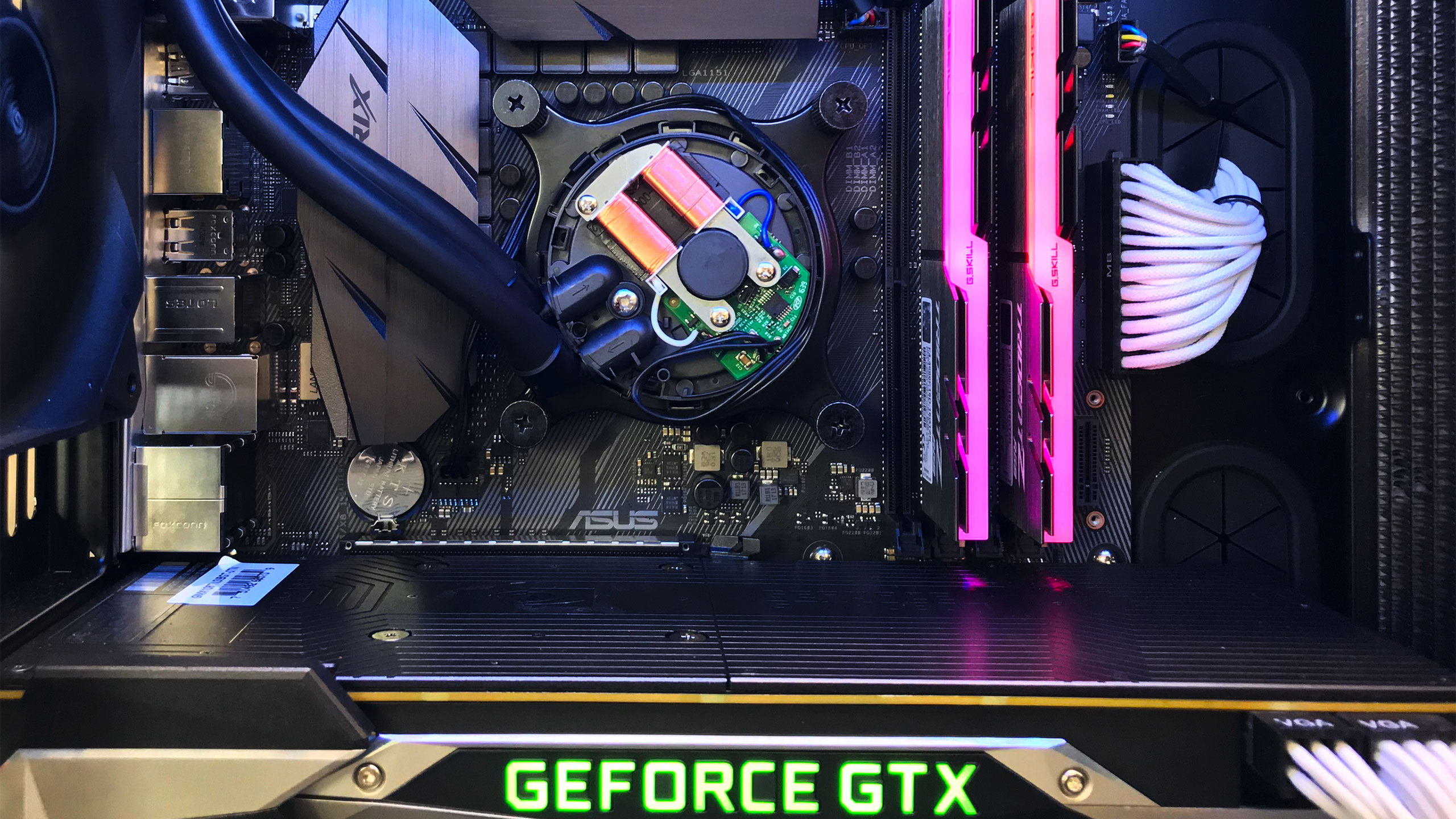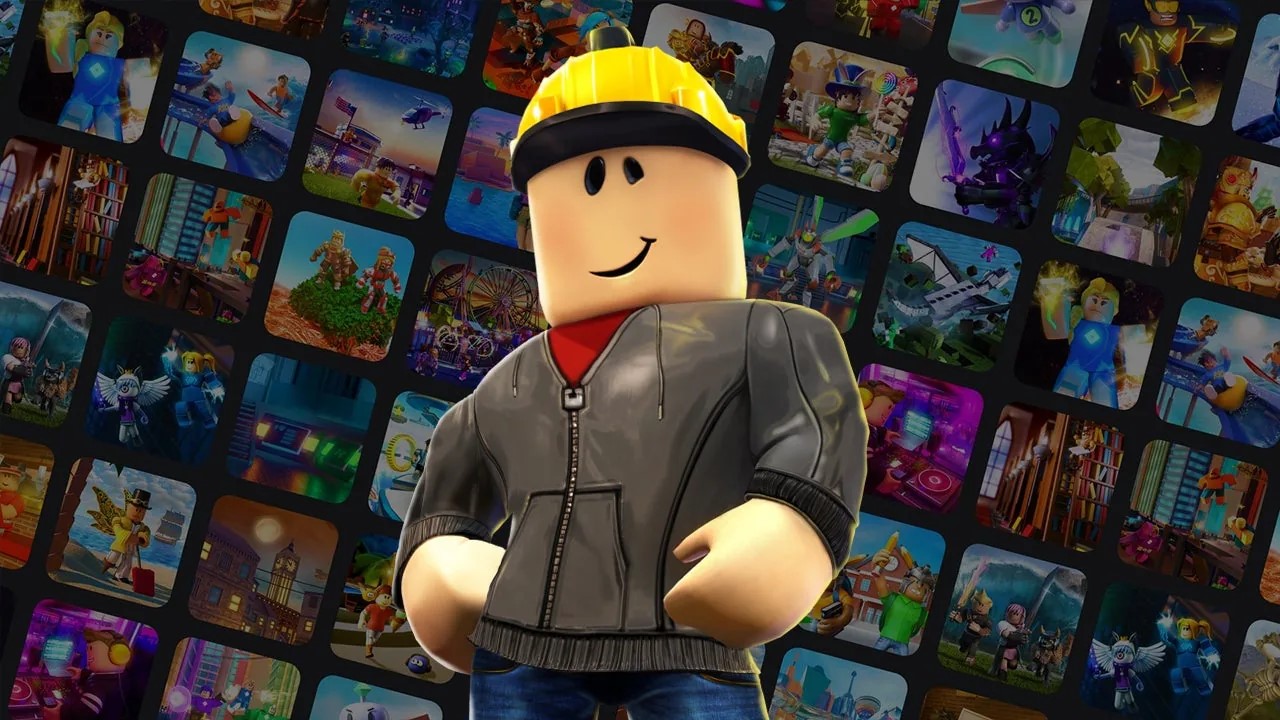- A $500 PC is an entry-level option that can run popular games at 1080p on lower settings. It’s a good starting point that can be upgraded over time.
- A $1,000 PC is a mid-range build that offers great value. It can handle modern games at high settings in 1080p and is also capable of playing at 1440p.
- A $2,000 gaming PC is an enthusiast-level system designed for 4K gaming. It also functions as a powerful workstation for streaming or content creation.
- When allocating your budget, the graphics card should get the largest share (40-50%), followed by the processor (20-25%). The rest should go to memory, storage, and the power supply.
The majority of modern gamers still play at 1080p, with only a minority moving to higher resolutions like 1440p or 4K, according to Steam’s hardware and software survey. That’s important to know because, in my opinion, the resolution you’re aiming for should guide how much you spend on a gaming PC. You don’t need a top-tier machine if your goal is just smooth performance at standard settings.
With $500, you’ll get smooth 1080p gaming but not ultra settings on new releases. At $1,000–$1,500, you hit the sweet spot: modern games run well, look great, and the system lasts years.
Around $2,000, you’re buying high-end comfort with 1440p, 4K options, and future-proof performance. This guide breaks down what each budget delivers so you can pick the right PC with confidence.
Best Gaming PC Under $500 (Entry-Level Build)
Putting together a gaming PC for under $500 is challenging but possible. At this price, we’re firmly in the budget category, so the goal is to get playable performance on modest settings, even using sale elements.
A $500 gaming PC won’t run the latest games on Ultra graphics, but it can handle popular titles at 1080p with some settings turned down. This is a nice option for first-time PC gamers.
Here are the components you can buy for $500:
- CPU: Intel Core i3 or AMD Ryzen 3 (4-core, budget processor).
- GPU: NVIDIA GTX 1650 / RTX 3050, or AMD Radeon RX 6500 XT (entry-level dedicated GPU).
- Memory: 16GB DDR4 RAM (2×8GB kit).
- Storage: 500GB SSD (SATA or low-end NVMe) – or a small SSD + cheap 1TB HDD combination.
- Motherboard: Basic micro-ATX board (likely B560/B660 for Intel or B450/B550 for AMD, often without Wi-Fi).
- Power Supply: 500W range PSU (ensure it’s from a reliable brand, even if it’s a lower-tier 80+ Bronze unit).
- Case: An inexpensive case (compact mid-tower) with decent airflow but minimal frills.
This setup is all about value. A Core i3 with a GTX 16-series or RX 6500 XT can handle eSports and older big titles at 1080p, while 16GB of RAM keeps things running well. Storage is small but easy to expand later.
At around $500, motherboards and power supplies are often lower quality, so it’s worth spending an extra $20–$30 on a better PSU. For newer games, aim for medium settings to keep performance smooth.
Also, keep in mind that technology trends and performance in future games will continue to improve. However, it’s upgradable. You could swap in a better graphics card or add more storage as needed, so your ~$500 investment can evolve later.
Best Gaming PC Under $1000 (Mid-Range Build)
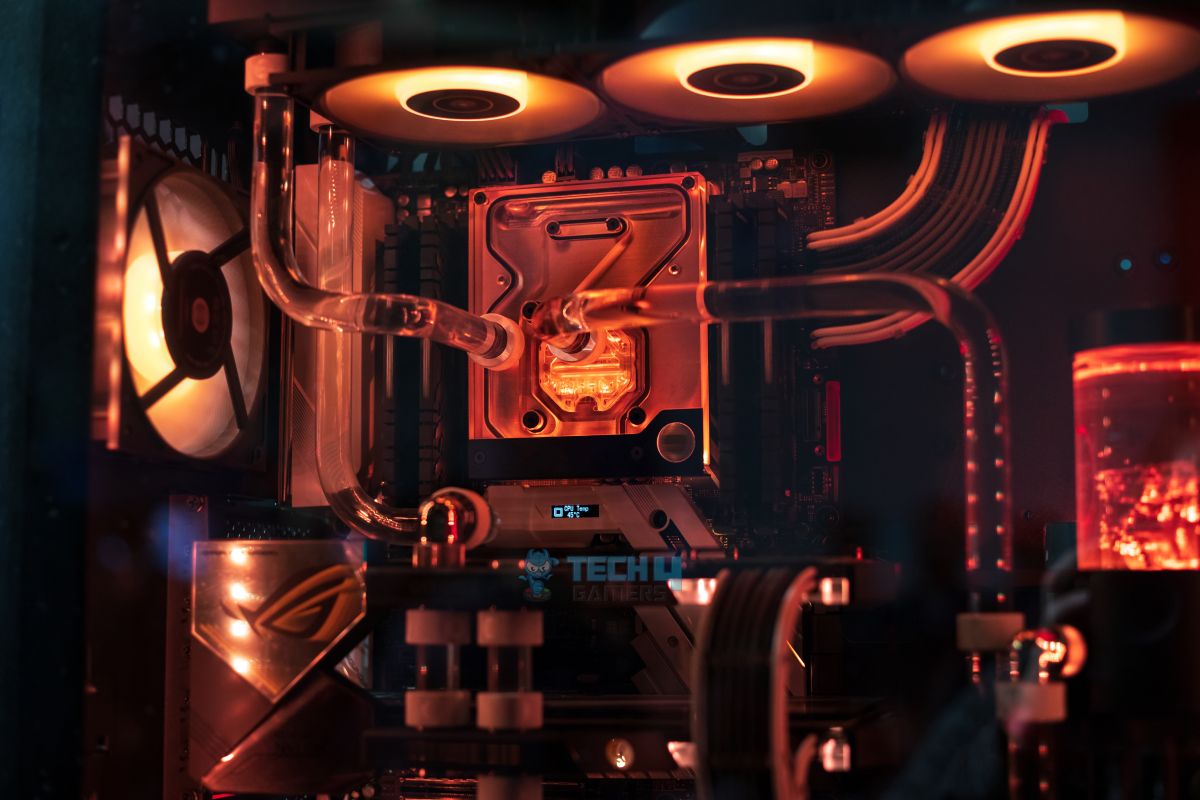
A budget of around $1000 allows for true mid-range gaming PCs. You can afford more powerful components than the $500 build, which allows for high settings and FPS gameplay at 1080p, as well as very respectable 1440p performance.
This gaming PC is an ideal choice for gamers seeking solid performance today, with some future-proofing for the next few years.
Here are the components you can buy for $1000:
- CPU: It can be AMD Ryzen 5 5600X (6 cores, 12 threads) or Intel Core i5-13400F (10-core hybrid) – both offer strong gaming performance.
- GPU: NVIDIA GeForce RTX 4060 8GB or AMD Radeon RX 6700 XT 12GB – modern mid-range graphics capable of high-quality 1080p and entry 1440p gaming.
- RAM: 16GB DDR4-3600 (dual-channel). You can now find 32GB DDR4 within budget, which is a bonus for multitasking or future needs.
- Storage: 1TB NVMe SSD (PCIe 4.0 if possible for faster speeds, e.g., WD Black SN770 or Crucial P5 Plus).
- Motherboard: B550 (AM4) for Ryzen or B760 (LGA1700) for Intel – a mid-tier board with features like M.2 slots for SSD, and perhaps built-in Wi-Fi/BT at the upper end.
- CPU Cooler: Tower air cooler (e.g., Cooler Master Hyper 212) or a basic 240mm AIO liquid cooler – better cooling than stock to allow sustained performance.
- Case: Good mid-tower ATX case (with better airflow and build quality than the cheapest cases – e.g., Phanteks P300A, DeepCool Matrexx 55 Mesh).
- PSU: 650W–750W 80+ Bronze or Gold power supply (from a reputable brand like Corsair, EVGA, or Seasonic, to ensure stability and headroom for upgrades).
A $1000 build offers a strong mid-range CPU with 6–8 cores, great for gaming, streaming, and multitasking. Paired with a capable GPU, it’s capable of delivering smooth experiences. Expect 16GB RAM (upgradeable to 32GB) and a fast 1TB SSD for quick loads and plenty of storage.
A $1000 gaming PC under $2000 provides an experience that satisfies nearly all gamers, except those seeking the absolute maxed-out 4K settings. It’s also a very balanced build, so you won’t have any single component severely bottlenecking the system. Most games will be GPU-limited at 1080p/1440p, which is what you want.
Best Gaming PC Under $1500 (High FPS 1440p Build)
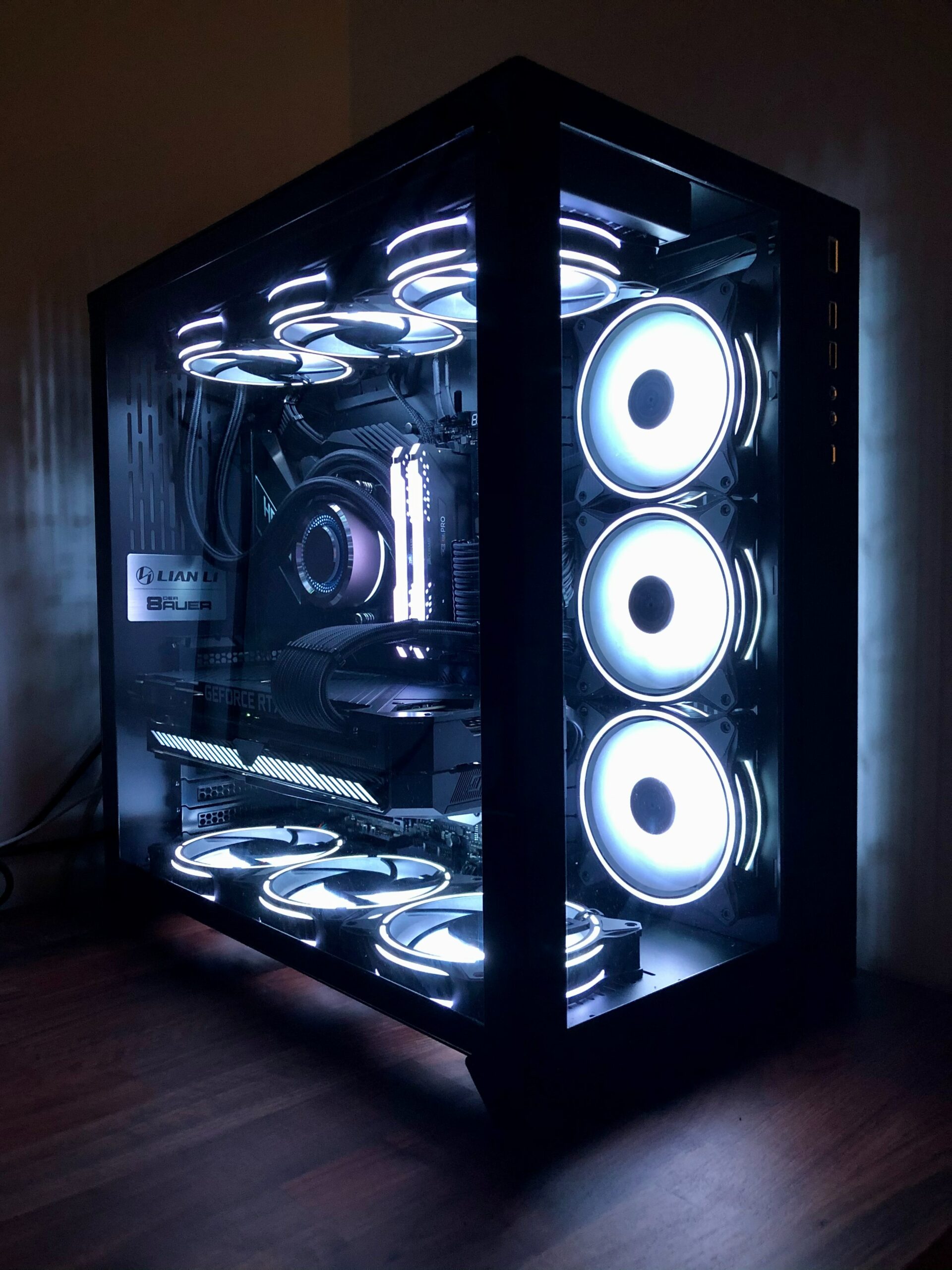
This one is my personal favorite. A $1500 build can be considered an upper mid-range or lower high-end system; it’s the kind of PC that can dominate at 1440p resolution and even perform well at 4K for many titles.
Gamers with this budget are usually looking for very high frame rates, the ability to enable all the eye-candy, and some extra touches like a stylish case or robust cooling.
Here are the components you can buy for $1500:
- CPU: Intel Core i5-13600K (14-core hybrid) or AMD Ryzen 7 7700X (8-core Zen 4) – very strong processors for gaming and heavy tasks.
- GPU: NVIDIA GeForce RTX 4070 Ti (12GB) or AMD Radeon RX 7900 XT (20GB) – high-end graphics cards that excel at 1440p and are capable of 4K gaming.
- RAM: 32GB DDR5-6000 (2×16GB kit) – Given the budget, transitioning to DDR5 memory makes sense for the latest platforms and provides extra bandwidth.
- Storage: 1TB NVMe SSD (high-performance model) plus a secondary 2TB HDD or SATA SSD for additional game storage – or simply a 2TB NVMe if you find a good price.
- Motherboard: Quality mid-high-end board (e.g., Z790 for Intel or B650/X670 for AMD AM5) – with features like Wi-Fi 6E, plenty of USB ports, and robust power delivery for overclocking.
- CPU Cooler: 240mm or 360mm AIO liquid cooler, or a top-tier air cooler (to allow turbo boost at full potential and keep the CPU cool under heavy load).
- Case: High-airflow ATX mid-tower from a premium brand (Corsair, Lian Li, Fractal, etc.), possibly with tempered glass and RGB fans – aesthetics start to play a role at this budget.
- PSU: 750W–850W 80+ Gold modular power supply – strong enough to handle a power-hungry GPU/CPU combo and provide stable power, with modular cables for a clean build.
Here, you’re getting 90-95% of the performance of ultra-high-end rigs for much less money. You can expect ultra settings in every game at 1440p while still hitting high frame rates.
In competitive or less demanding games, frame rates will reach into the high hundreds at 1440p, which is perfect for high refresh rate monitors. Even at 4K resolution, this system can hold its own.
This option is also great for VR gaming and high-refresh competitive gaming. If you have a 240Hz 1080p monitor, for example, a $1500 rig can push certain games to those settings. Well, a $1500 gaming PC is a forward-looking investment that gives you ultra-quality gameplay, very strong esports performance, and entry into 4K gaming. It’s the kind of setup where you can practically “set and forget” your graphics options.
Best Gaming PC Under $2000 (Enthusiast Build)
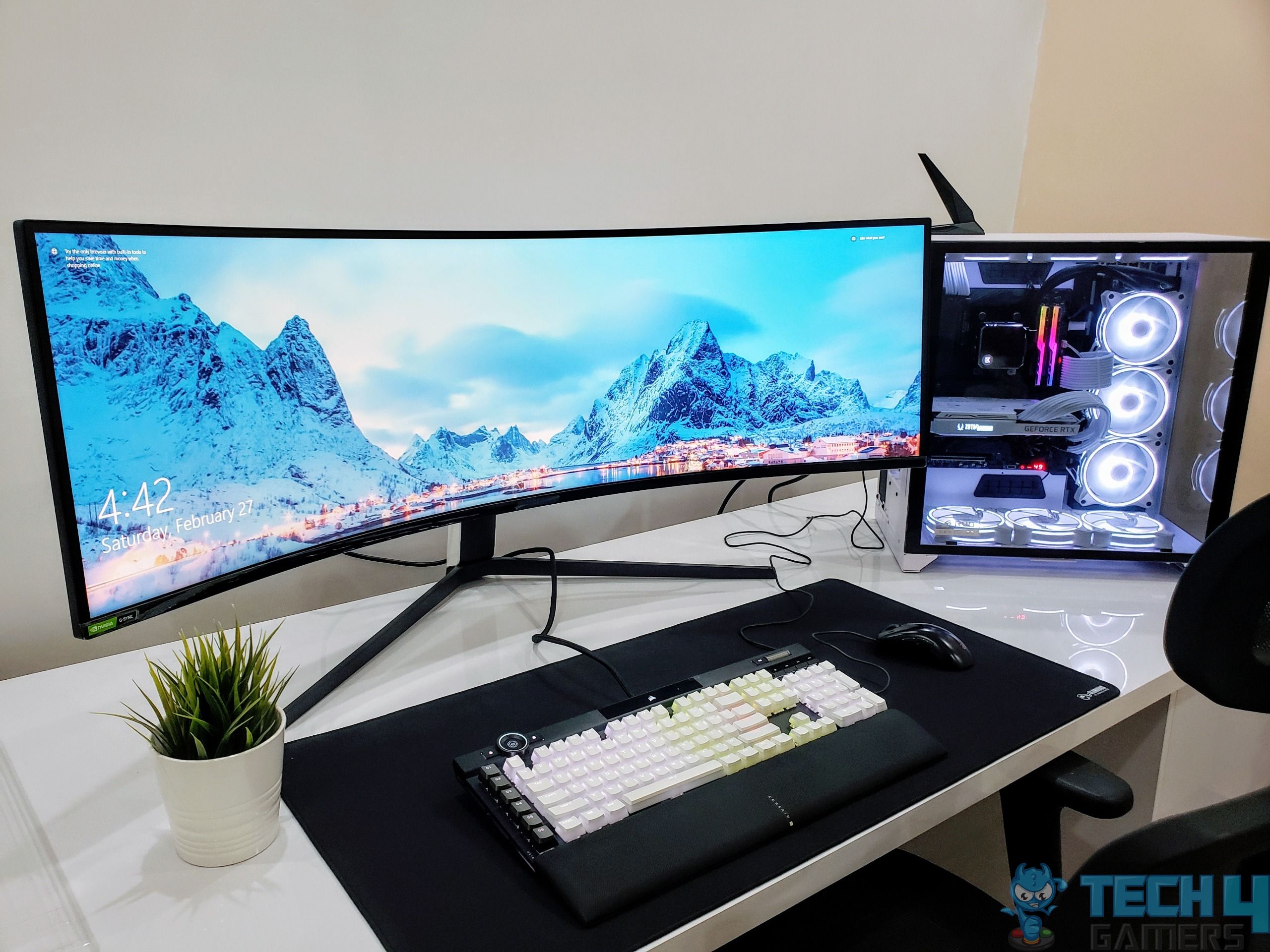
The $2000 mark is the high-end enthusiast gaming PC. A budget of up to $2,000 puts you within reach of true top-tier performance. We’re talking about a system that can comfortably handle 4K gaming, content creation, and heavy multitasking.
Here are the components you can buy for $2000:
- CPU: Intel Core i7-14700K (20-core hybrid) or AMD Ryzen 7 7800X3D (8-core with 3D V-Cache) or even Ryzen 9 7900X (12-core) – high-end processors known for excellent gaming and strong workstation performance.
- GPU: NVIDIA GeForce RTX 4080 16GB or AMD Radeon RX 7900 XTX 24GB – a flagship-caliber graphics card to power 4K and high refresh gaming.
- RAM: 32GB DDR5-6000 (could also do 64GB if needed for heavy creative work, but 32GB is ample for gaming).
- Storage: 2TB NVMe SSD (premium model, e.g., Samsung 990 Pro or WD Black SN850X) for fast load times, plus an optional secondary SSD/HDD if large storage is required.
- Motherboard: High-end Z790 or X670E motherboard – with top-notch VRM for overclocking, multiple M.2 slots (possibly with heatsinks), Wi-Fi 6E, and lots of connectivity. These boards also often have nice-to-haves like RGB lighting, debug displays, etc.
- CPU Cooler: 360mm AIO liquid cooler (or a top-tier dual-tower air cooler) – to ensure the high-end CPU boosts to its maximum clocks under load without thermal throttling.
- Case: Premium ATX case (such as Lian Li O11 Dynamic, Fractal Design Torrent, Corsair 5000D Airflow, etc.) that offers excellent cooling potential, spacious interior for a neat build, and stylistic flair (glass panels, RGB fans if desired).
- PSU: 850W+ 80+ Gold or Platinum fully modular PSU – providing clean, reliable power for the power-hungry GPU/CPU, and overhead for future upgrades or overclocking.
With $2000, you’re looking at a high-end gaming PC. Prebuilt systems in this range often include CPUs like the Ryzen 5 7600X or Core i5-13600K paired with an RTX 4060 Ti or 4070, while custom builds can squeeze in stronger parts for the same price.
This level of PC handles modern games at max settings, making 4K gaming smooth and impressive. You can enjoy ultra graphics, detailed textures, and advanced effects without worrying about performance.
It also doubles as a powerful workstation. With a strong CPU and plenty of RAM, it’s great for streaming, video editing, 3D rendering, and software development. It’s built for enthusiasts who want the best performance now, with room to upgrade later.
How to Wisely Allocate the Budget for Building a PC?
When planning your build, think of the budget as a set of priorities rather than an even split. The right distribution helps avoid bottlenecks and keeps the system balanced for years.
General guidelines:
- GPU (≈40–50%) – the graphics card drives gaming performance, so it deserves the biggest share.
- CPU (≈20–25%) – choose a processor that matches the GPU; too weak or too powerful will waste potential.
- RAM (≈10–15%) – 16GB is standard, but 32GB is a smart move for multitasking and demanding titles.
- Storage (≈10–15%) – a fast NVMe SSD improves load times; larger drives can be added later.
- PSU & cooling (≈10%) – reliable power and airflow protect your investment long-term.
It’s equally important to budget for future changes. Not every upgrade needs to happen on day one; adding more storage, memory, or even a stronger GPU later is often the more efficient route. And while saving in advance is always best, some gamers look at payday loan options for upgrades when an unexpected deal appears.
The key is to stay within your overall plan and treat enhancements as part of a long-term strategy rather than impulsive buys.
Final Thoughts
From budget $500 builds to high-end $2000 monsters, there’s a gaming PC option for every type of gamer. Many people start with the simple question: How much does a gaming PC cost?
The truth is, the answer depends entirely on your goals. A $500 system can deliver smooth 1080p gameplay, while a $2000 rig provides 1440p or even 4K performance with plenty of power to spare.
At the end of the day, the right gaming PC is the one that fits your needs and budget. Whether you build or buy, this guide shows what to expect at each price point. Pick the option that suits you best and enjoy your new gaming setup.
Thank you! Please share your positive feedback. 🔋
How could we improve this post? Please Help us. 😔
Passionate gamer and content creator with vast knowledge of video games, and I enjoy writing content about them. My creativity and ability to think outside the box allow me to approach gaming uniquely. With my dedication to gaming and content creation, I’m constantly exploring new ways to share my passion with others.


 Threads
Threads